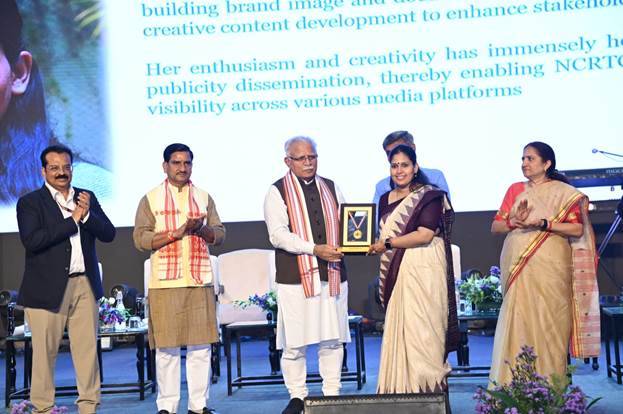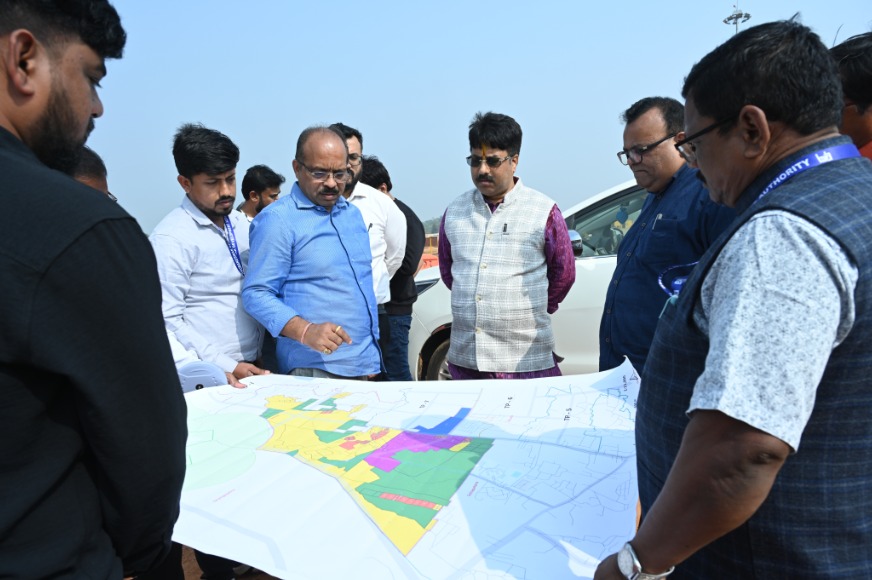New Delhi: The first anniversary of the Namo Bharat Trains’ operations was celebrated as Namo Bharat Diwas in New Delhi today, marking a significant milestone in India’s transportation history. The event, organized by the National Capital Region Transport Corporation (NCRTC), was graced by Union Minister of Housing and Urban Affairs Manohar Lal Khattar and Union Minister of State for Housing and Urban Affairs Tokhan Sahu. Senior officials, including NCRTC Managing Director Shalabh Goel and other directors, were also present to commemorate the occasion.
As part of the celebrations, Excellence Awards were presented to outstanding employees who contributed significantly to the success of the Namo Bharat initiative. The event highlighted the importance of the Regional Rapid Transit System (RRTS) in enhancing urban mobility.
Speaking at the event, Union Minister Manohar Lal Khattar expressed pride in the achievement, describing it as a “moment of great pride and a step towards Viksit Bharat.” He also noted India’s ranking as the third-largest metro network globally, stating, “We might surpass the US in the next few years.” He emphasized the need for continued research and development to ensure hassle-free services for commuters.
The Namo Bharat Trains represent India’s first Regional Rapid Transit System (RRTS), with the first 17-kilometer priority section between Sahibabad and Duhai Depot inaugurated by Prime Minister Narendra Modi on October 20, 2023. Since then, two additional sections have been opened: the 17-kilometer stretch between Duhai and Modinagar North on March 6, 2024, and the Meerut South RRTS station on August 18, 2024.
Currently, the Namo Bharat services operate across a 42-kilometer corridor covering nine stations, including Sahibabad, Ghaziabad, Guldhar, Duhai, Duhai Depot, Muradnagar, Modi Nagar South, Modi Nagar North, and Meerut South. The corridor will soon expand to 54 kilometers with the addition of the Sahibabad to New Ashok Nagar section, connecting key stations such as Anand Vihar and New Ashok Nagar.
The RRTS sets itself apart from other transport systems by offering high-speed, efficient connectivity between suburban areas, drastically reducing commute times over longer distances. This initiative aligns with India’s commitment to developing sustainable urban transport solutions, further advancing the nation’s infrastructure development goals.





